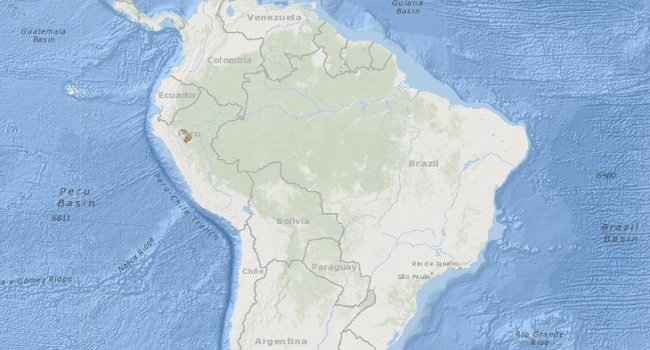
So, where do these fascinating creatures call home? The answer is not just in a single location but spans across a variety of lush environments in South America. Their habitat is as diverse as their personalities, from dense rainforests to more open tropical regions. If you’re curious about the specifics of their habitat and distribution, let me explain this in more detail.
What Exactly Are Titi Monkeys?
Before diving into where Titi monkeys live, it’s helpful to know a bit about them. Titi monkeys belong to the Callicebus genus and are *known for their small size, distinctive fur colors, and strong pair bonds*. They’re usually around 1 to 2 feet long and weigh about 3 to 8 pounds. Their fur can range from gray and brown to vibrant shades of golden, often helping them blend into the forest surroundings.
What sets them apart is their social behavior. Titi monkeys are *highly affectionate*, often seen cuddling with their partners or carrying their young. Their vocalizations, which often sound like soft whistles and chirps, contribute to their community dynamics. So, as much as their looks might catch your eye, it’s their social structures and behaviors that make them really interesting.
Where Are Titi Monkeys Found?
Titi monkeys primarily live in the tropical forests of South America, specifically in countries like Brazil, Bolivia, Peru, and Colombia. Their distribution is influenced by several factors including food availability, climate, and human activity.
Most commonly, you’ll find them in lowland rainforests, but they can also adapt to *some secondary forests*. They prefer wooded areas with a good mix of trees and shrubs, allowing them to forage safely and socialize. While some species are more adaptable and can venture into disturbed areas, others strictly require *undisturbed habitats* to thrive.
Preferred Habitat Types
Titi monkeys have a few preferred habitat types that support their lifestyles. Here are the main ones:
- Tropical Rainforests: This is their ideal home. With plenty of trees and dense foliage, these vibrant environments provide food and security.
- Secondary Forests: While not as rich as primary forests, they can still find food and shelter here. They often adapt quite well.
- Wooded Savannas: Some species can be found in these open habitats, where they can still leap between trees and find enough cover.
Living in these diverse habitats helps Titi monkeys stay connected with their social groups. Their social structure relies on the availability of trees to navigate, forage, and escape from predators.
Climate and Its Effect on Habitat
Climate plays a crucial role in determining where Titi monkeys can thrive. They prefer warm, humid environments typically found in tropical regions. These factors help maintain the abundant plant life that supports their diet, which consists mainly of fruits, leaves, and flowers.
Changes in climate can impact their habitats significantly. For instance, deforestation and climate change lead to habitat loss and fragmentation, which can threaten their populations. Titi monkeys are not great at surviving in isolated patches of forest, so *maintaining a connected habitat is essential* for their survival.
Conservation Status and Threats
Unfortunately, Titi monkeys face various threats in their natural habitats. Deforestation is at the top of the list. As more forests are cleared for agriculture, urban development, or logging, these monkeys find it harder to find the trees they need.
Additionally, habitat fragmentation caused by roads and human settlements can isolate their populations, making it difficult for them to interbreed and maintain healthy genetic diversity. Conservation efforts are underway in several regions, aiming to protect their habitats and promote awareness about their ecological importance.
The Importance of Habitat for Titi Monkeys
The habitats where Titi monkeys live are not just important for them; they play a significant role in the broader ecosystem. These monkeys help in seed dispersal, which is vital for plant reproduction. When they eat fruit and move from tree to tree, they facilitate the growth of new plants and trees, contributing to the health of the forest.
Moreover, by understanding their habitat needs, we can better advocate for the conservation of tropical forests. Protecting their homes means preserving entire ecosystems, which are crucial for the planet’s health.
So, where do Titi monkeys live? They thrive in the lush, verdant regions of South America, particularly in tropical rainforests and secondary forests. Their specialized habitat needs make them a beautiful example of how nature works intricately. As we learn more about these delightful creatures, it becomes clear that protecting their habitats is essential for their survival and for the biodiversity of our planet.
In a world rapidly changing due to human activity, understanding where Titi monkeys live helps us appreciate the delicate balance of nature. By fostering awareness and conservation efforts, we can help ensure that these lovely little primates continue to swing through the trees for generations to come.
